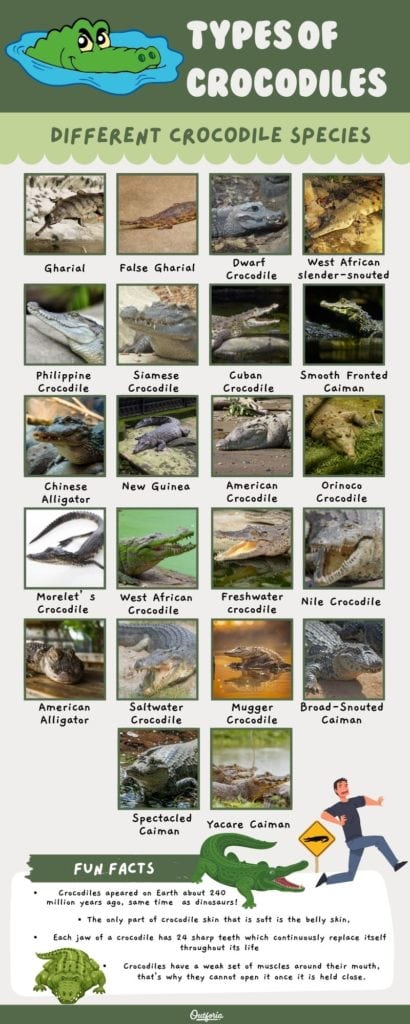Rise and Fall Method and Height of Collimation Method
Height of collimation method and rise and fall method are two methods of levelling that are used to find the reduced levels (RL) of different points on the ground.
Height of collimation method involves finding the height of instrument (HI), which is the RL of the line of sight of the level, by adding the back sight (BS) reading of a known point to its RL. Then, the RLs of other points are found by subtracting their fore sight (FS) or intermediate sight (IS) readings from the HI.
Rise and fall method involves finding the difference in staff readings between two consecutive points, which gives the rise or fall of the ground level. Then, the RLs of other points are found by adding the rise or subtracting the fall from the RL of the preceding point.
The main differences between the two methods are:
- Height of collimation method is faster and simpler than rise and fall method, as it involves fewer calculations.
- Rise and fall method provides a check on the RLs of intermediate points, while height of collimation method does not.
- Rise and fall method can detect errors in intermediate RLs, while height of collimation method cannot.
- Rise and fall method has three checks on the accuracy of RL calculation, while height of collimation method has two.
- Height of collimation method is suitable for longitudinal levelling, where there are many intermediate points, while rise and fall method is suitable for fly levelling, where there are few or no intermediate points.








No comments:
Post a Comment